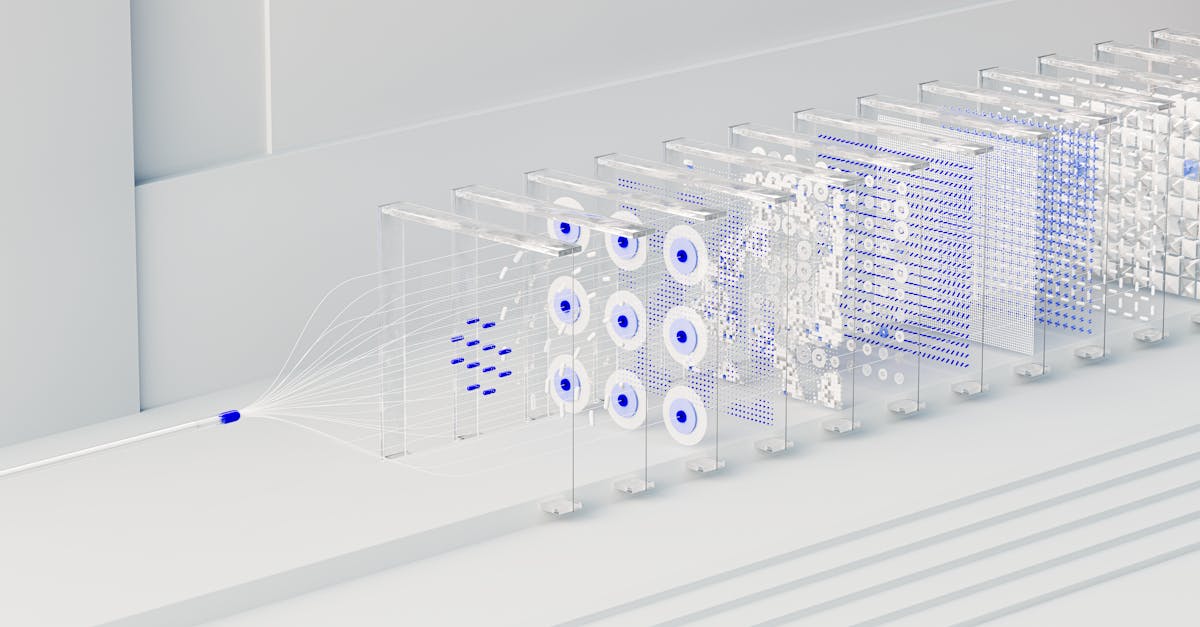Installation Considerations for Multi-split Ductless Split System Heating

Considering Drainage Options
Drainage is a critical aspect to consider when installing a multi-split ductless split system heating unit. Proper drainage helps to prevent condensate buildup and ensures efficient operation of the system. It is essential to assess the available drainage options in the installation area to determine the most suitable solution.
One common method is gravity drainage, where condensate is naturally channelled away from the unit through gravity-fed piping. Another option is to use a condensate pump if the unit is located in a position where gravity drainage is not feasible. Whichever method is chosen, it is important to ensure that the condensate is effectively removed from the system to prevent leakage and potential damage to the property.
Preventing Condensate Buildup and Leakage
When selecting a quiet operation model for your multi-split ductless split system heating, it is crucial to consider the decibel level produced by the unit. Look for models with low decibel ratings, typically below 28 dB for indoor units and 50 dB for outdoor units. This will ensure that the system operates quietly, minimizing any disruptions in your living space.
Additionally, opt for units equipped with advanced noise-reduction features such as vibration dampeners and insulated compressor compartments. These features help to further reduce operational noise, making your heating system almost imperceptible in the background. Prioritising these quiet operation models will enhance your overall indoor comfort without compromising on heating performance.
Checking for Local Regulations and Permits
Before commencing the installation process of a multi-split ductless split system heating unit, it is imperative to thoroughly check local regulations and obtain any necessary permits. Failure to comply with these regulations can result in fines, delays, or even the need to uninstall the system altogether. Depending on the specific location, there may be different rules pertaining to the placement and installation of heating units, which is why it is crucial to be well-informed before beginning the installation process.
By ensuring compliance with local regulations and obtaining the required permits, you are not only safeguarding yourself from potential legal issues but also guaranteeing the safety and efficiency of the heating system. Local regulations are designed to maintain standards for safety, environmental protection, and overall functionality of heating systems within a community. Before proceeding with the installation, it is advisable to consult with local authorities or building departments to confirm the specific requirements that need to be met for a multi-split ductless split system heating unit.
Ensuring Compliance with Building Codes
Ensuring compliance with building codes is essential when installing a multi-split ductless split system heating unit. Building codes are put in place to ensure the safety and structural integrity of a property. Failing to adhere to these codes could result in serious consequences, including fines and the inability to obtain necessary permits. Therefore, it is crucial to thoroughly research and understand the specific building codes that apply to your location before beginning the installation process.
Different regions may have varying requirements when it comes to HVAC systems, including multi-split ductless units. It is important to consult with local authorities or a qualified professional to ensure that your installation meets all the necessary codes and regulations. By taking the time to familiarise yourself with these requirements and ensuring that your installation is up to standard, you can avoid potential issues down the line and enjoy a safe and efficient heating system in your home.
FAQS
What are some important considerations when it comes to drainage options for multi-split ductless split system heating installations?
It is crucial to ensure proper drainage options are in place to prevent condensate buildup and leakage, which can lead to system inefficiency and potential damage.
How can condensate buildup and leakage be prevented in multi-split ductless split system heating installations?
To prevent condensate buildup and leakage, regular maintenance and inspection of drainage systems should be conducted, and any blockages or leaks should be promptly addressed.
How important is it to assess noise levels when selecting a multi-split ductless split system heating model?
Assessing noise levels is essential to ensure a comfortable living or working environment, as noisy systems can be disruptive. Selecting a quiet operation model can help minimize noise levels.
What factors should be considered when selecting quiet operation models for multi-split ductless split system heating installations?
Factors to consider when selecting quiet operation models include the decibel levels produced by the system, the placement of indoor and outdoor units, and the quality of insulation around the units.
Why is it necessary to check for local regulations and permits before installing a multi-split ductless split system heating system?
Checking for local regulations and permits is necessary to ensure compliance with legal requirements and building codes. Failure to do so may result in fines or the need to remove the system.
Related Links
Choosing the Right Capacity for Multi-split Ductless Split System HeatingCost Comparison: Multi-split Ductless Split System Heating vs. Single-split
Expansion Possibilities with Multi-split Ductless Split System Heating
Noise Reduction Techniques for Multi-split Ductless Split System Heating
Climate Control Features of Multi-split Ductless Split System Heating
Zoning Options with Multi-split Ductless Split System Heating
Energy Efficiency in Multi-split Ductless Split System Heating
Maintenance Tips for Multi-split Ductless Split System Heating
Advantages of Multi-split Ductless Split System Heating